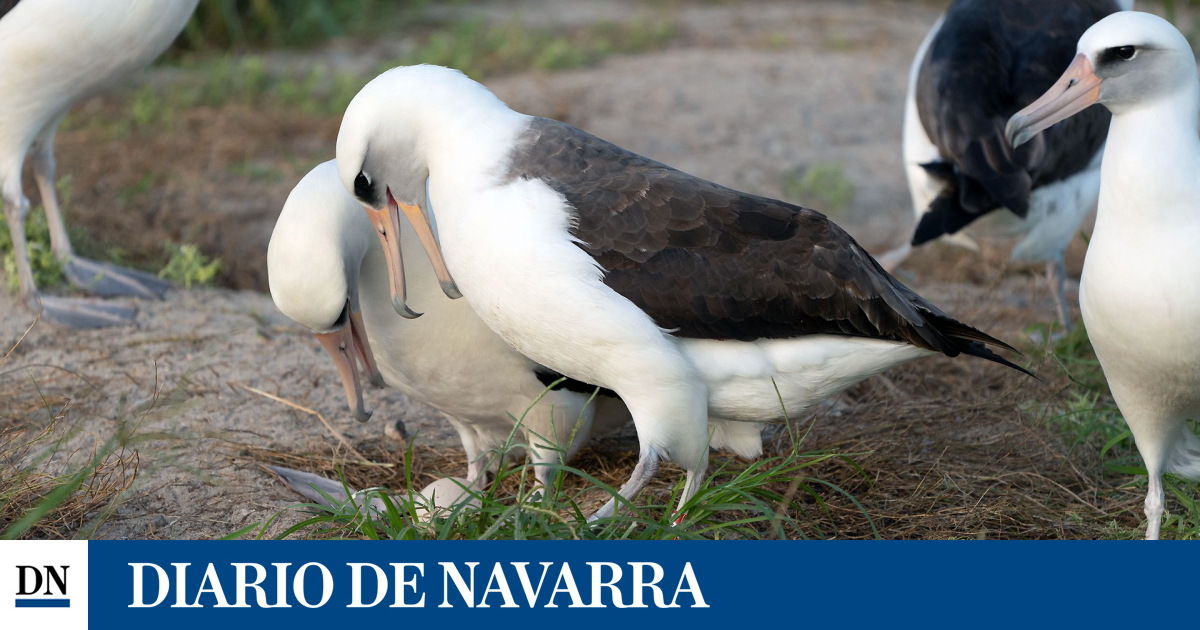
More than 500 species of birds, such as the condor, the albatros or the peak shoe, will be extinguished in the next century
- Matthew Clark
- 0
- Posted on
He climate change and habitat loss will cause the extinction of more than 500 species of birds in the next hundred yearsmore than triple all the extinctions of birds recorded since 1500 d. C., according to a study by the University of Reading (United Kingdom).
This extinction It will affect some of the most unique birds distributed throughout the planet, such as the Andean condor, the wandering albatros, the aguilucho secretary, the peak shoe, the macaw of Lear, the galapagos penguin, the kakapothe calao of helmet or the yellow belly suimanga, emblematic birds, and unique in the world.
According to the study, the loss and degradation of the habitat of the next hundred years will be the main cause of extinctions, followed by hunting and agriculture, although the authors have analyzed other indirect threats such as accidental deaths or the introduction of invasive species.
Besides, The disappearance of these 500 bird species will have a negative effect on the ecosystems that depend on themwarn the authors of the study published Tuesday in the journal Nature Ecology & Evolution.
“The threats can affect both taxonomic biodiversity (the number of species we can lose) and functional biodiversity (its role in the ecosystem) but for an ecosystem it is not the same is the same to lose a passeriform that eats seeds than a vulture that eats carrña. The impact is not the same,” explains Manuela González-Suárez, a researcher at the University of Reading and main author of the study.
With all these data, the study concludes that, even with full protection in the face of threats caused by the human being, such as the loss of habitat, hunting and climate change, about 250 bird species could continue to disappear.
“For many birds, the situation is no longer reversible, but we can avoid more loss of functional biodiversity If we focus on species that are functionally more unique and protect them with specific programs to boost their recovery, such as breeding projects or the restoration of habitats already lost, “explains González-Suárez.
“We face a crisis of extinction of unprecedented birds in the modern era. We need ambitious, coordinated and immediate measures to reduce human threats in all specific habitats and rescue programs to avoid the disappearance of the most unique and more threatened species,” he adds in an email, Kerry Stewart, main author of the work.
An unpublished rhythm of extinctions in nature
To do the study, the researchers examined almost 10,000 species using data from the Red List of the International Union for Nature Conservation (IUCN, its acronym in English), the most recognized inventory worldwide about the state of threat of species.
Using the probability of extinction for each category of the list (almost threatened, vulnerable, in danger, in critical danger) and based on the threats facing each species, they made an estimate of the number of the number of species that will disappear in the coming decades.
“Before the arrival of the human being, every year approximately one in every million species were extinguished, therefore, if there were no human activity, one would expect the extinction of one species for every 10,000 birds in one hundred years,” says Efe Kerry Stewart.
“But from the human expansion throughout the planet, extinction rates have been higher and 164 bird extinctions have been recorded since 1500 AD (Red List of the IUCN, 2024),” he adds.
“However, in the next 100 years, we foresee more than 500 extinctions, which means more than triple those that have occurred in the last 500 years. The magnitude of the threat in modern times is not preceded, “he concludes.
Threatened according to shape and size
The study specifies that large birds are more vulnerable to hunting and climate change, while wide -wing birds suffer more for habitat loss.
In addition, the study identifies which conservation measures will better preserve both the number of bird species and their ecological functions. Thus, stopping the destruction of habitats would save most birds in general, while reducing hunting and preventing accidental deaths would save birds with more unusual characteristics, which are especially important for ecosystem health.
But “giving priority to conservation programs of only 100 of the most unusual threatened birds could save 68 % of the variety of bird shapes and sizes. This approach could help maintain the health of ecosystems,” González-Suárez emphasizes.
(tagstotranslate) plus